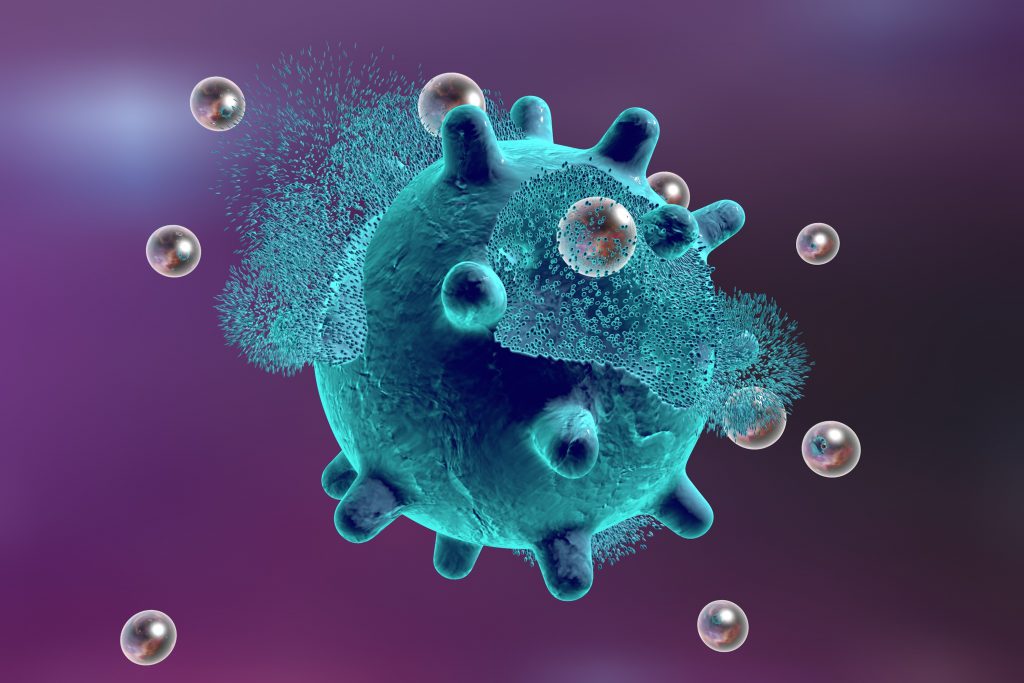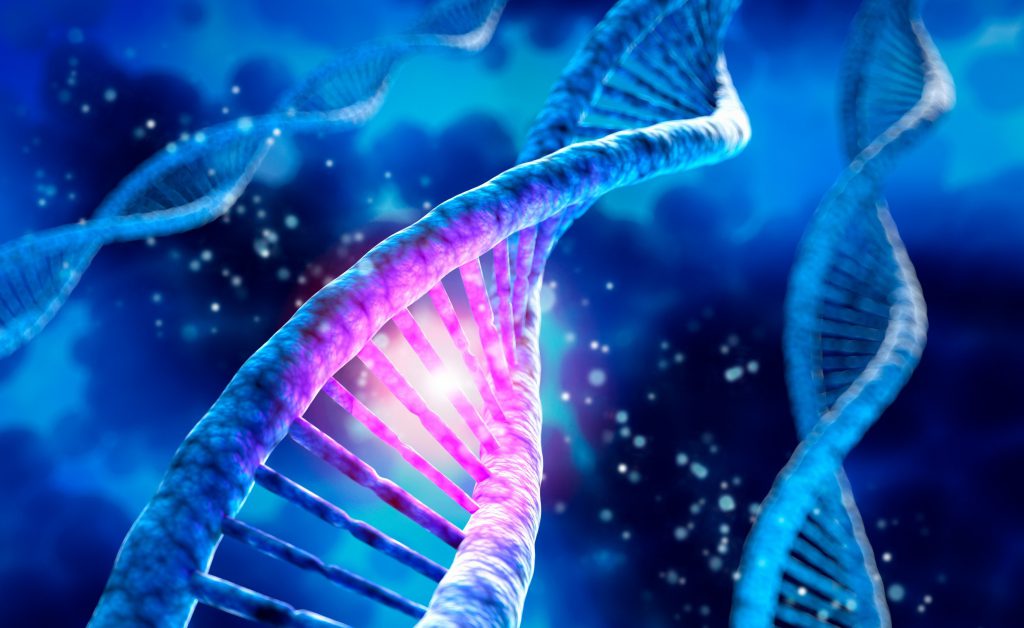
Silver nanoparticles (AgNPs) are particles composed of silver atoms, and their particle sizes are usually in the range of 100 nm. Due to their unique physical and chemical properties, silver nanoparticles have been widely used in medical, food, health, consumer, and industrial fields. These properties include optical, electrical, and thermal, high electrical conductivity, and biological properties. Recently, silver nanoparticles have been frequently used in many textiles, keyboards, wound dressings, and biomedical equipment.
As a hot spot in the research of antibacterial materials, silver nanoparticles have the advantages of high efficiency and broad-spectrum, not easy to produce drug resistance and high safety. However, there are still different views on the understanding of nano-silver antimicrobial agents, and further research is still going on.
There are many examples of using silver as an antibacterial material in daily life. For example, when the skin is injured, the medical staff will use gauze made of silver wire to cover the skin wound; storing food in silver containers can prolong the shelf life of the food, and so on. After the discovery of antibiotics in the 1930s, silver antibacterial materials were ignored due to the widespread use of antibiotics. In recent years, the problem of drug resistance of bacteria caused by the abuse of antibiotics is serious, so the new antibacterial materials with low cost and high safety represented by silver nanoparticles have attracted people’s attention.
The advantages of silver nanoparticles used in antibacterial material
- A high degree of safety. Compared with silver ions, silver nanoparticles show strong antibacterial activity to microorganisms at very low concentrations (at nanomoles or micromoles grade), while they are less toxic to mammals and rarely have complications.
- Long-lasting antibacterial properties. Silver nanoparticles can be loaded on chitosan and other carriers to continuously release silver ions, maintaining a relatively stable silver concentration, and achieving the purpose of lasting antibacterial.
- Broad-spectrum antibacterial activity. Silver nanoparticles can effectively inhibit more than 650 kinds of pathogenic bacteria, including Pseudomonas aeruginosa, Staphylococcus aureus, Escherichia coli, dermatophytes, other fungi, and even HIV-1.
- Not easy to develop drug resistance. Bacteria treated with silver nanoparticles basically cannot survive, which can prevent bacteria from developing drug resistance.
- Little side effects and easy to use.
How do silver nanoparticles kill bacteria?
At present, the antibacterial mechanism of silver nanoparticles is not enough. It is generally believed that silver nanoparticles release silver ions and induce the production of reactive oxygen species (ROS). Other studies have found that silver nanoparticles themselves directly play an antibacterial role and cooperate with the release of silver ions to play a role. The antibacterial principles of silver nanoparticles generally recognized at this stage mainly include affecting the environment in which bacteria live, destroying cell membrane, inhibiting DNA replication, etc.
- By affecting the living environment of bacteria
In solution, silver nanoparticles release silver ions or are oxidized by oxygen to form the nano-silver oxide and then release silver ions due to the synergistic action of oxygen and protons. Some studies have suggested that silver nanoparticles themselves have no effect on bacteria, and the inhibitory effect comes from the release of silver ions and is strictly dependent on the concentration of oxygen. In addition, silver ions can combine with nutrient elements in the system to reduce the concentration of elements necessary for bacterial growth. Some studies have also shown that silver nanoparticles induce oxygen to produce oxygen ions and water molecules to produce hydroxyl groups, which aggravate the consumption of oxygen and attack the cell membrane at the same time. At a higher concentration of silver ions, silver ions can be re-aggregated into zero-valent silver ions, so this process continues to consume oxygen and play a bacteriostatic effect.
- By destroying the cell membrane
Silver ions and silver nanoparticles loaded with positive charges are adsorbed on the cell membrane by electrostatic attraction with negatively charged bacterial proteins. Because of its high surface energy and dispersion, the chemical interaction between silver nanoparticles and the cell membrane destroys the integrity of the cell membrane, which is especially obvious in the part where electrons are enriched. It leads to the loss of normal function of the cell membrane, such as nutrient permeation. At the same time, silver nanoparticles and silver ions act as peroxidation inducers of the membrane and interact with some proteins and phospholipids to induce membrane damage or decomposition.
- By inhibiting DNA replication

Silver nanoparticles can enter the cell through endocytosis and other mechanisms to cause further damage to the cell. DNA is the most important genetic information material, any damage to DNA will cause cell mutation or death. The mechanism of DNA damage by silver nanoparticles may be that silver nanoparticles can interact with parathion compounds in DNA. Silver nanoparticles may conjugate with pathogenic bacteria DNA bases and form cross-links, replacing the hydrogen bonds between purine and pyrimidine adjacent nitrogen. This will cause DNA shrinkage, destroying DNA structure, and inhibiting its replication process, resulting in cell death.
What are the risks of using silver nanoparticles?
Silver nanoparticles also expose some problems when used as antibacterial materials, such as safety problems caused by silver accumulation and migration. When silver is enriched to a higher concentration, it will do great harm to human beings and mammals and will enter the mitochondria, embryos, liver, and circulatory system with respiration. Some studies have pointed out that silver nanoparticles are more toxic than metal nanoparticles such as aluminum and gold, so the application range and dose of silver nanoparticles as antibacterial materials are also worthy of research and attention.
